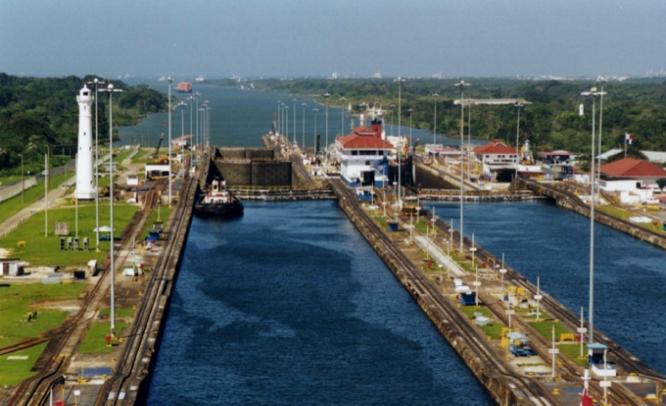Latin America is in a position to continue to drive growth and to be part of the solution to global problems in the coming years.
Panama City – Latin America is in a position to continue to drive growth and to be part of the solution to global problems in the coming years, said World Bank Vice-President for Latin America and the Caribbean Hasan Tuluy.
Expressing his optimism about the future of the region, Tuluy reported that economic growth is expected to reach 3.5% in 2013 and a rate approaching 4% in the medium term.
He highlighted the performance of individual countries such as Panama, Peru and Chile, which have exceeded the average growth rate for the region, with rates of up to 10% in the case of the Isthmus of Panama.
Tuluy is currently in Panama City to participate in the Annual Meeting of the Boards of Governors of the Inter-American Development Bank (IDB) and the Inter-American Investment Corporation (IIC).
The high-level official said his confidence stems from Latin America’s well-deserved status as a leader in linking economic growth with social inclusion – with achievements such as the sharp decline in the poverty rate and a 50% expansion of the middle class, or some 50 million people, during the past decade.
However, Tuluy warned that the region’s main challenge is what he calls the “battle of productivity,” since the goal is not only economic growth, but achieving it in the most efficient, fairest way possible.
“We have a moral, political and economic obligation with future generations, and we need a growth model that respects the options for those generations”
The World Bank official said that this battle should be fought on three fronts:
- Education quality: The region has made strides in terms of education access; it must now focus on improving education quality. Most Latin American countries still lag behind on international tests to measure education performance, such as the PISA. For example, while the percentage of Latin Americans with a tertiary education rose from 9.5% in 1990 to 14.2% in 2009, the percentage for Asian Tiger residents increased from 10% to 20% during the same period.
- Improved infrastructure: The region’s impressive economic growth is due in part to the bonanza in raw material exports. However, countries in the region should not focus solely on producing goods but also on their competitive marketing. For example, the regional cost of transporting a commodity from one location to another (logistics) is between two and four times higher than in the OECD countries and the Asian Tigers.
- Intelligent government. Public services and spending have been modernized in the region, but much remains to be done. This is not an ideological debate on whether the government should be larger or smaller, but simply more intelligent. In other words, a government that can provide services to the population in an efficient manner. Today, with the exception of Brazil, tax revenue in the countries of the region is just 17% of GDP, half of the average for OECD countries.
The objectives of these efforts go beyond reducing poverty; they strive to ensure that the prosperity is shared and that everyone has access to opportunities rather than just the countries’ elite, said Tuluy.
If growth only benefits a small percentage of the population, “there is no future for society,” he said.
Moreover, Tuluy promotes a sustainable growth model. “We have a moral, political and economic obligation with future generations, and we need a growth model that respects the options for those generations,” he said.
In other words, we must strive for comprehensive growth that respects the use of natural resources, that does not pollute and that creates opportunities for everyone, he added.
Source: World Bank


